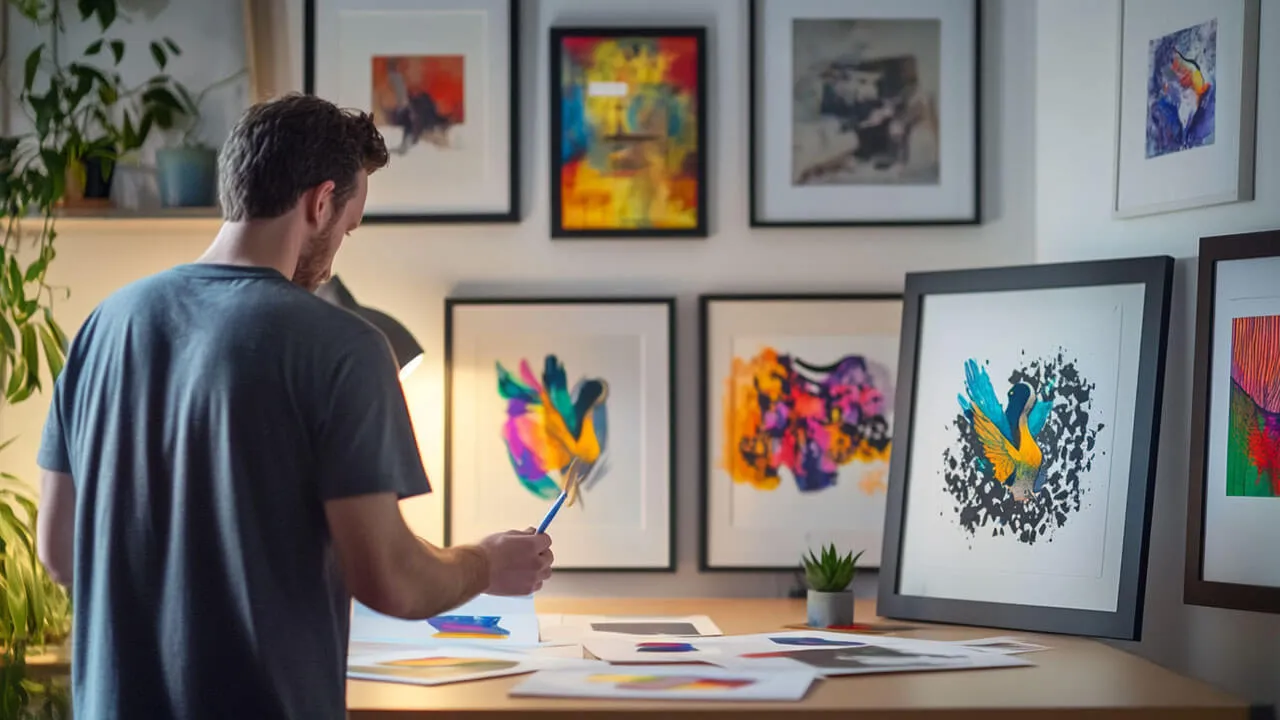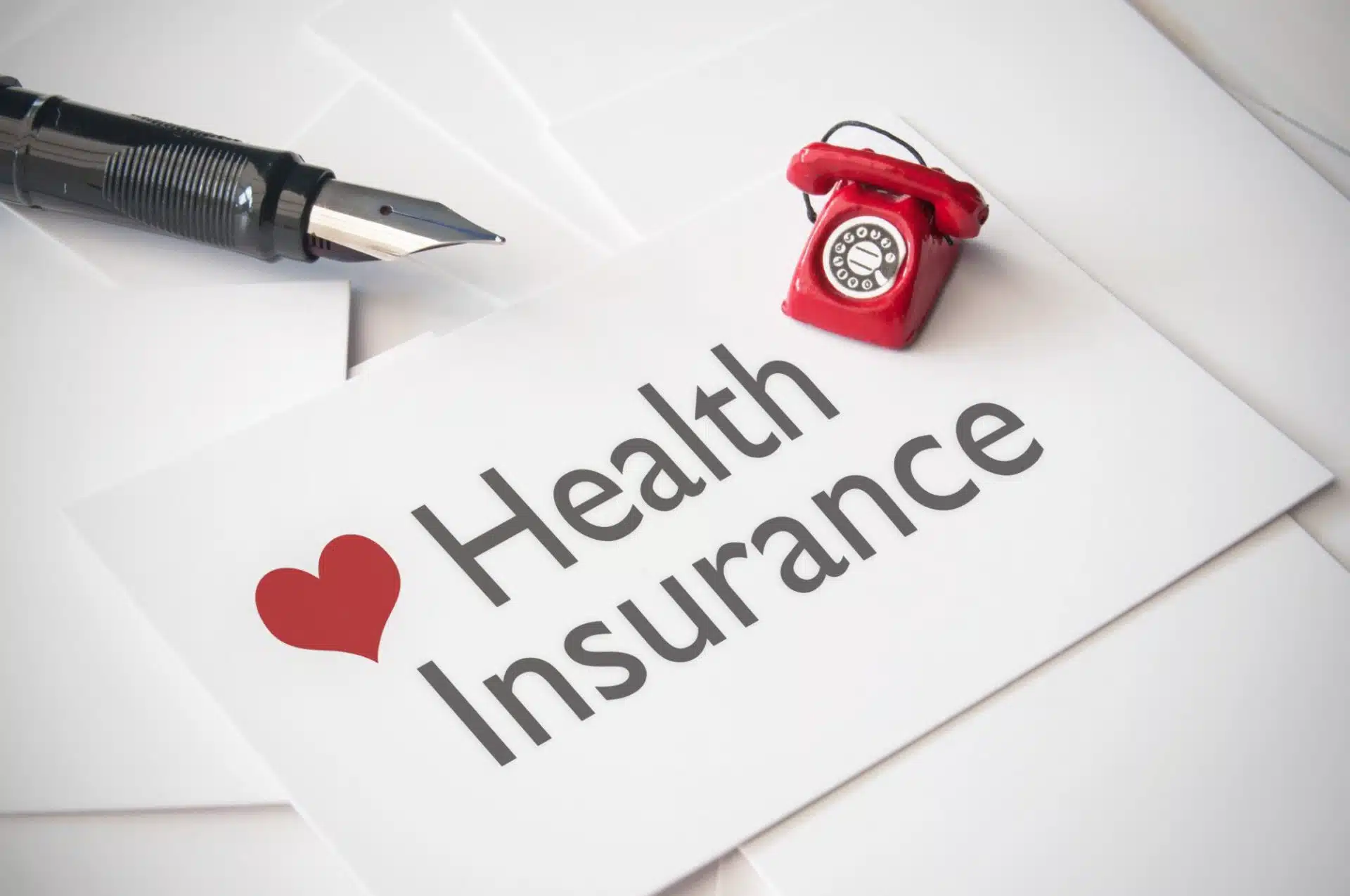How Artists Can Turn Digital Illustrations into Tangible Merchandise: A Comprehensive Guide

As a digital artist, you pour your heart, soul, and countless hours into creating stunning visuals on a screen. Ever scroll through stunning artist shops online and wish you could transform your own digital creations from pixels on a screen into tangible products fans adore? Imagine holding your art, not just viewing it... Turning your digital illustrations into tangible merchandise isn't just a dream; it's an accessible and rewarding way to expand your reach, connect with your audience, and build a sustainable career around your passion.
The journey from pixels to products might seem daunting, but it's more achievable than ever. Whether you envision your characters as vibrant stickers, detailed art prints, or even eye-catching acrylic standees, the possibilities are vast. This guide will walk you through the entire process, from preparing your digital files to choosing the right products and getting them into the hands of your admirers. Let's unlock the potential of your digital art and bring it into the physical world!
Why Turn Digital Art into Physical Merch?
Beyond the simple magic of seeing your art take physical form, creating merchandise offers tangible benefits for digital artists:
New Revenue Streams: Diversifying your income beyond commissions or digital downloads can provide greater financial stability. Merchandise sales can become a significant passive or active income source.
Connecting with Your Audience: Physical products create a deeper, more lasting connection with your fans. Owning a piece of your art allows them to express their support and integrate your work into their daily lives. It's a tangible reminder of the connection they feel to you and your creations.
Building Your Brand Identity: Consistent merchandise featuring your unique style helps solidify your brand. It increases your visibility both online and offline as fans wear your designs, display your art, or use your branded items.
Tangible Representation of Your Skill: Merchandise acts as a portfolio you can share physically. It showcases your versatility and professionalism, potentially attracting new clients or followers who discover your work through your products.
Marketing Tool: Every item sold acts as a mini-advertisement for your art, potentially reaching new audiences you wouldn't otherwise connect with.
Preparing Your Digital Artwork for Print: The Foundation
Before you even think about specific products, ensuring your digital files are print-ready is paramount. Skipping these steps can lead to disappointing results – blurry images, incorrect colors, or improperly cut items. Here’s what you need to know:
Artwork Preparation Checklist
[ ] High Resolution (DPI): Set your canvas resolution to 300 DPI (Dots Per Inch) or higher before you start drawing. This ensures your artwork prints sharply and clearly. Trying to upscale a low-resolution image later will result in pixelation. Standard web resolution (72 DPI) is insufficient for quality printing.
[ ] Correct Color Mode (CMYK vs. RGB):
RGB (Red, Green, Blue): This is the color mode used by digital screens. It has a wider color gamut (range).
CMYK (Cyan, Magenta, Yellow, Key/Black): This is the color mode used by most printers. It has a slightly more limited color gamut than RGB.
Action: Design in RGB (as it's native to most software), but convert a copy of your final artwork to CMYK before sending it to print. Quick Tip: Convert to CMYK after finalizing your design but before sending to the manufacturer. Pay close attention to bright blues and greens, as these often shift noticeably in CMYK. Soft-proofing in your art software can help preview potential changes. Some manufacturers specifically request CMYK files. Always check their requirements.
[ ] Appropriate File Formats:
PNG: Good for web use and designs with transparency, but ensure it's saved at 300 DPI for print. Less ideal for complex print jobs.
JPEG/JPG: Best for photographic images. Compresses files, which can lead to quality loss if saved repeatedly. Use high-quality settings for print.
PSD: Adobe Photoshop's native format. Excellent for layered files, allowing easy edits. Often accepted by manufacturers if layers are needed.
AI: Adobe Illustrator's native format. Ideal for vector graphics, which can be scaled infinitely without losing quality. Perfect for logos or designs needing resizing.
PDF: A universal format that preserves fonts, images, and layout. Often preferred by printers as it embeds information and maintains consistency across platforms.
Action: Check the manufacturer's preferred file format. PDF or high-resolution PSD/AI are common requests.
[ ] Bleed and Trim Areas:
Trim Line: The final intended edge of your printed product.
Bleed Area: An extra margin (usually 1/8th inch or 3mm) of your design that extends beyond the trim line. This ensures that if the cutting machine is slightly off, you won't have unprinted white edges. Your background color or pattern should extend fully into the bleed area.
Safety Margin: An area inside the trim line where you should avoid placing critical elements like text or important details. This prevents them from being accidentally cut off.
Action: Always request templates from your manufacturer if available. They will clearly mark bleed, trim, and safety lines. If not, manually add the required bleed to your canvas size.
[ ] Vector vs. Raster:
Raster Graphics: Made of pixels (like photos or most digital paintings in Photoshop/Procreate). They lose quality when scaled up significantly.
Vector Graphics: Made of mathematical paths (like illustrations in Adobe Illustrator). They can be scaled infinitely without losing quality.
Action: Use vector format for logos or designs that might need to be printed at various sizes (e.g., a small sticker and a large banner). Raster is fine for detailed illustrations, provided the resolution is high enough for the intended print size.
Taking the time to prepare your files correctly saves you time, money, and potential heartache later. Always double-check manufacturer specifications!
Popular Merchandise Options for Digital Artists
Now for the fun part – choosing what products to put your art on! Here are some popular choices, ranging from simple staples to more unique offerings:
Art Prints: The most direct translation of your digital work.
Considerations: Offer various sizes (e.g., 5x7", 8x10", 11x14"). Choose paper types that complement your style (matte for a classic look, glossy for vibrancy, textured for a fine art feel). Consider limited edition runs or signed prints for added value.
Stickers: Versatile, affordable, and highly collectible.
Considerations: Die-cut (cut to shape), kiss-cut (cut through vinyl but not backing), sticker sheets. Material matters (vinyl is durable and waterproof, paper is cheaper). Explore finishes like holographic, glitter, or clear.
Apparel (T-shirts, Hoodies, Sweatshirts): Wearable art with broad appeal.
Considerations: Printing methods (Direct-to-Garment/DTG is good for complex colors, screen printing is better for bulk orders with fewer colors). Think about design placement (front, back, sleeve) and garment quality/fit.
Enamel Pins: Highly sought-after collectibles, great for intricate designs.
Considerations: Hard enamel (smooth finish) vs. soft enamel (recessed areas). Choose metal plating (gold, silver, black nickel) and backing types (rubber clutch, locking back). Requires careful design simplification for clarity.
Keychains: Practical items used daily, keeping your art visible.
Considerations: Materials like clear acrylic (single or double-sided), rubber PVC, wood, or metal. Various attachment options (split ring, lobster clasp). Acrylic allows for complex shapes and double-sided printing.
Stationery (Notebooks, Planners, Greeting Cards): Perfect for intricate patterns or illustrative designs.
Considerations: Cover designs, interior page layouts (lined, blank, dotted), paper quality. Greeting cards are great for seasonal offerings.
Home Goods (Mugs, Tote Bags, Pillows): Practical items that integrate art into lifestyle.
Considerations: Design placement, print durability (especially for mugs - dishwasher safe?), material quality (canvas totes vs. polyester). Broad appeal makes them good entry points.
Acrylic Standees: Bringing Your Characters to Life in 3D: A fantastic way to give your 2D characters or designs a 3D presence.
What they are: Custom-cut pieces of clear acrylic featuring your artwork, slotted into a base so they stand upright. Think of them as mini desktop statues of your art.
Why they're popular: They offer a unique, premium feel compared to flat prints or stickers. They are particularly loved in anime, manga, and gaming communities for displaying character art. They make fantastic desk companions or additions to collectible shelves.
Customization: The real magic lies in the customization. You can get them cut to the exact shape of your character, printed double-sided (often with different expressions or outfits!), and even incorporate special finishes like holographic patterns, glitter, or epoxy coatings for a domed effect. Some suppliers even offer rotating or "wiggly" standees for extra flair!
Finding a Supplier: Because of the custom cutting and printing involved, you'll need a specialized manufacturer. For artists looking for high-quality, customizable options with various finishes, Vograce Custom Acrylic Standees is a well-regarded choice known for working with independent creators and offering a wide array of possibilities, from standard clear standees to more complex designs. They provide templates and guidance, making the process smoother for artists.
Appeal: Standees bridge the gap between a 2D illustration and a 3D collectible figure, offering a dynamic way to showcase your art that truly stands out.
Choosing Your Production Path: Print-on-Demand (POD) vs. Direct Manufacturing
Once you've chosen your products and prepped your files, how do you get them made? There are two main routes:
1. Print-on-Demand (POD) Services:
How it works: You upload your designs to a platform (like Printful, Printify, Redbubble, Society6). They handle printing, packing, and shipping only when an order is placed. You typically integrate their service with your own shop (Etsy, Shopify) or sell directly on their marketplace.
Pros: Low financial risk (no upfront investment in stock), no inventory management, wide product variety often available, automated fulfillment.
Cons: Lower profit margins per item, less control over product quality and branding (packaging), production times can vary.
2. Working Directly with Manufacturers:
How it works: You research and contact manufacturers specializing in the products you want (e.g., sticker printers, apparel companies, acrylic goods specialists like Vograce). You order items in bulk (meeting Minimum Order Quantities - MOQs). You handle storage, packing, and shipping yourself (or use a separate fulfillment center).
Pros: Higher profit margins per item, full control over product quality and customization, ability to create unique items not available via POD, control over branding and packaging.
Cons: Requires upfront investment, risk of unsold stock, need to manage inventory and shipping logistics, requires more research to find reliable suppliers.
Comparison Table:
Feature
Print-on-Demand (POD)
Direct Manufacturing (Bulk Order)
Upfront Cost
Very Low / None
Moderate to High (depending on MOQ)
Profit Margin
Lower
Higher
Inventory Risk
None
High (risk of unsold stock)
Quality Control
Limited (rely on POD provider)
Full Control (choose manufacturer, samples)
Customization
Standardized Options
Highly Customizable
Product Variety
Often Wide (from one provider)
Requires sourcing multiple manufacturers
Fulfillment
Handled by POD Provider
Managed by You (or 3rd party)
Branding
Limited (often provider branding)
Full Control (custom packaging, inserts)
Best For
Testing ideas, low-risk start, wide range
Proven sellers, specific items, max profit
Which is right for you? Many artists start with POD to test designs and products with minimal risk. As certain items prove popular, they might move to direct manufacturing for those specific products to increase profit margins and quality control, especially for specialized items like enamel pins or custom acrylic standees where working with a specialist manufacturer like Vograce yields better results and more options than typical POD services.
Pricing and Selling Your Merchandise
You've got amazing products – now how do you price them and get them sold?
Calculate Your Costs: This is crucial! Include:
Production cost per item (including samples)
Shipping supplies (mailers, tape, labels)
Platform fees (Etsy listing/transaction fees, website hosting)
Marketing costs (ads, etc.)
Your time! (Design, admin, packing - factor in an hourly rate), Payment processor fees (e.g., Stripe, PayPal), Potential costs for returns or damaged goods.
Set Your Prices:
Cost-Plus Pricing: Cost x Markup (e.g., Cost x 2 or 3) = Price. Simple, ensures profit.
Value-Based Pricing: Price based on perceived value, brand reputation, uniqueness, and what your target audience is willing to pay. Often higher than cost-plus.
Tiered Pricing: Offer bundles or discounts for multiple purchases.
Where to Sell:
Online Marketplaces: Etsy, Redbubble, INPRNT (good for discoverability, existing customer base).
Your Own Website: (Shopify, BigCommerce, WooCommerce on WordPress) More control over branding and customer experience, no marketplace fees (but hosting costs).
Conventions and Markets: Great for direct interaction with fans, higher perceived value, impulse buys (requires travel and setup).
Social Media: Instagram Shopping, direct sales via DMs (leverage your existing following).
Start with one or two platforms and expand as you grow. Promote your shop consistently across your social media channels!
Conclusion: Your Art, Now Tangible
Transforming your vibrant digital illustrations into physical merchandise is an exciting step in any artist's journey. It's a way to share your vision more widely, create lasting connections with your audience, and build a more sustainable creative career.
While the process involves careful planning – from meticulous file preparation to choosing the right products and production methods – the rewards are immense. Seeing someone wear your design, display your standee on their desk, or stick your art on their laptop is incredibly fulfilling.
Don't be afraid to start small. Perhaps begin with art prints or stickers via POD, gauge interest, and then explore more specialized items like enamel pins or unique acrylic standees as you gain confidence and understand what resonates with your audience. The world is ready to experience your art beyond the screen. Go bring it to life!
Note: IndiBlogHub features both user-submitted and editorial content. We do not verify third-party contributions. Read our Disclaimer and Privacy Policyfor details.







